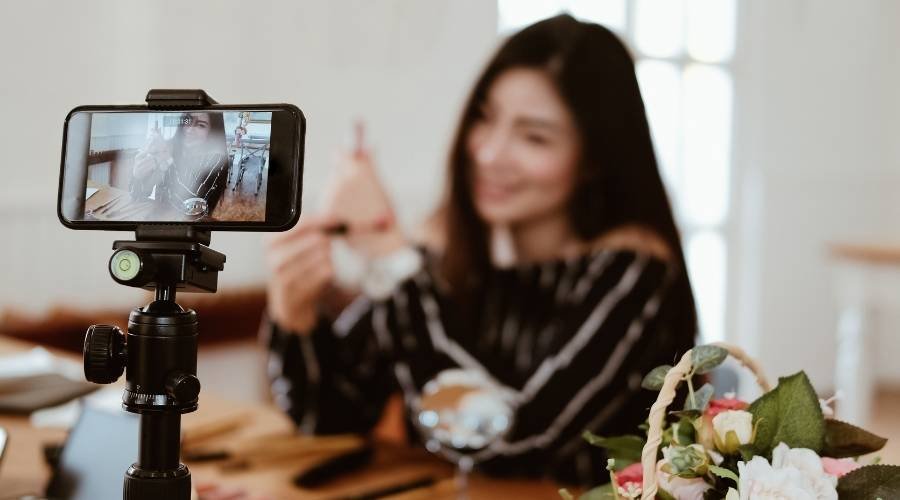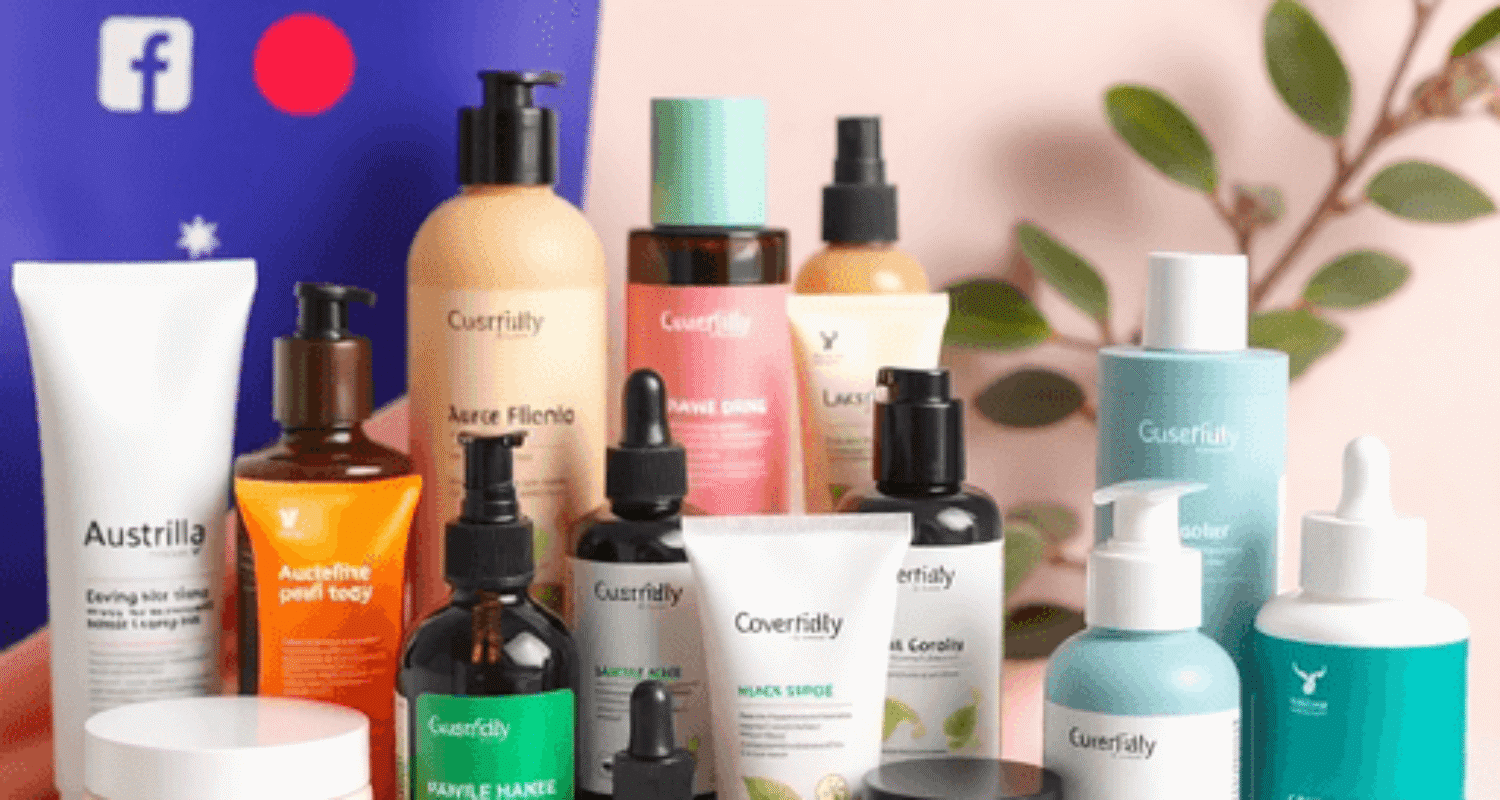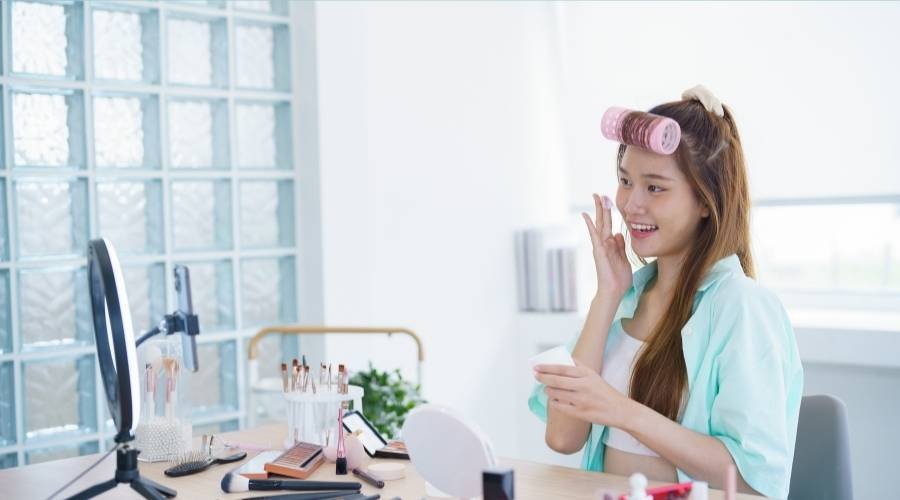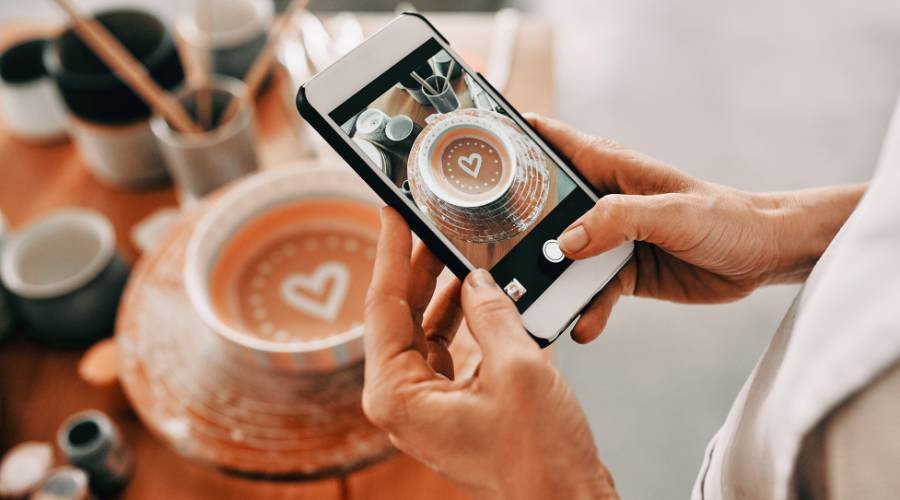Australia’s beauty and wellness industry is a constantly changing mix of global trends, local innovation, and strong community values. Brands in this sector are dealing with a rapidly changing market where consumer expectations are influenced by technology, social change, and a greater focus on personal well-being.
To effectively navigate beauty marketing in Australia, brands need to have a deep understanding of various consumer segments. This includes:
- Gen Z trendsetters
- Eco-conscious Millennials
- Baby Boomers who prioritize self-care

Key market drivers include:
- Significant growth in “clean” and sustainable beauty as Australian consumers demand transparency, ethical sourcing, and minimal environmental impact.
- The rise of multiculturalism influencing product development—brands now cater for a vast array of skin tones, hair types, and cultural preferences.
- Increasing digital engagement, with e-commerce platforms and social media shaping both research and purchasing habits.
Influencer marketing plays a crucial role in modern beauty and wellness marketing. Australian consumers, particularly younger demographics, rely on Instagram, TikTok, and YouTube personalities for product recommendations, tutorials, and honest reviews. This shift emphasizes the importance of authenticity in successful campaigns; trust in influencers now holds nearly as much weight as trust in the brands themselves.
Understanding these trends is essential for any business aiming to connect with Australian demographics in the beauty space. To do this effectively, it’s crucial to craft a compelling brand identity that resonates with consumers. Utilizing professional services such as branding and design can significantly enhance your brand’s visibility and appeal in this competitive market.
Influencer Marketing in Australia
Influencer marketing has become a crucial strategy in the beauty industry, influencing buying decisions and shaping how brands are perceived. Social media platforms like Instagram, YouTube, and TikTok play a significant role in Australia, offering a space for beauty influencers to share products, tutorials, and lifestyle content with their followers. To make the most of these platforms, brands often turn to social media experts in Brisbane who provide tailored strategies to effectively connect with their target audience.
Why Influencer Marketing Matters in the Beauty Industry
The beauty industry relies heavily on visual appeal, making influencer marketing a perfect fit. Influencers act as trusted voices, delivering genuine reviews and demonstrations that resonate with consumers. Their ability to establish a personal connection fosters loyalty and drives engagement, ultimately leading to higher sales. This is where digital marketing strategies come into play, enhancing online visibility through customized SEO, social media, and email marketing services.
Popular Social Media Platforms for Beauty Marketing in Australia
Here are the three main social media platforms that are widely used for beauty marketing in Australia:
- Instagram: Known for its visually driven content, Instagram is a hub for beauty influencers who share makeup tutorials, product reviews, and skincare routines.
- YouTube: This platform allows for more extensive content such as detailed product reviews and beauty vlogs.
- TikTok: With its short-form videos, TikTok is gaining traction among younger demographics for quick beauty tips and trends.
Building Trust in Influencer Marketing
Trust is crucial in influencer marketing. Consumers seek authenticity and transparency in influencer endorsements:
- Authenticity: Genuine experiences and honest reviews build credibility.
- Transparency: Clear disclosure of sponsorships or partnerships ensures trustworthiness.
By leveraging these factors, brands can effectively tap into the power of influencer marketing to enhance their presence in the Australian beauty market. For businesses like spas looking to improve their online visibility and attract more customers, implementing effective digital marketing strategies can be a game changer.
Consumer Preferences in the Australian Market
Australian consumers are increasingly prioritizing natural and sustainable beauty products. The demand for items that are free from harmful chemicals and environmentally friendly is on the rise. Cruelty-free and vegan options are particularly popular, reflecting a growing awareness and concern for animal welfare.
The emphasis on ethical consumption is evident in the market trends. Shoppers are looking for brands that align with their values, including fair trade practices and transparency in sourcing ingredients. Products that boast certifications such as Fair Trade, Organic, or Carbon Neutral resonate well with Australian consumers.
The growth of ‘green’ beauty brands has been significant. Brands like Sukin, Kora Organics, and Biologi have carved out substantial market shares by focusing on sustainability and ethical practices. These companies emphasize eco-friendly packaging, zero-waste initiatives, and sustainable sourcing as part of their core business model.
In this competitive landscape, it’s crucial for beauty businesses to master local SEO strategies. By enhancing online visibility through effective SEO techniques, salons can attract more clients and grow their business significantly.
Consumers are not just buying products; they are investing in a lifestyle that supports environmental sustainability and ethical standards. This shift is influencing how beauty companies market their products, driving innovation towards greener solutions to meet the preferences of an increasingly conscious demographic.
Retail Landscape in Australia

The beauty and wellness industry in Australia has seen significant changes, reflecting shifts in consumer behavior and advancements in technology.
Physical Stores Still Matter
Physical stores are still an important part of the beauty retail scene. In major cities like Sydney and Melbourne, you’ll find flagship stores of international brands alongside local boutiques that offer personalized shopping experiences. These brick-and-mortar locations often provide an opportunity for consumers to test products, receive expert advice, and enjoy curated in-store events.
The Rise of Online Shopping
Online shopping has become increasingly popular, offering convenience and a wider selection of options. Australian consumers are turning to e-commerce sites like Adore Beauty, Sephora, and Mecca for their beauty needs. These platforms cater to various preferences, from luxury to budget-friendly products, ensuring a wide market reach.
Growth of Online Sales
The beauty industry has seen a significant increase in online sales. This growth can be attributed to the ease of access provided by e-commerce websites, as well as targeted marketing strategies such as personalized recommendations and virtual try-on tools. Reports indicate a substantial rise in online transactions as consumers prefer digital shopping for its convenience and extensive product availability.
To effectively capture the diverse preferences of customers, Australian beauty marketing strategies need to adapt to this two-channel approach. This means leveraging the immersive experience offered by physical stores while also providing the convenience of online platforms.
Technological Innovations in Beauty Marketing
AI-Powered Tools
The beauty industry in Australia has embraced AI-powered tools for skin analysis and personalized recommendations. These cutting-edge technologies analyze skin conditions using high-resolution images, providing users with tailored skincare regimens. Brands like L’Oréal and Olay have integrated AI into their online platforms, offering consumers detailed insights into their skin health and customized product suggestions. This not only enhances user experience but also drives sales through personalized marketing.
Virtual Try-On Technology
Virtual try-on tools have changed the way Australian consumers shop for beauty products. Using augmented reality (AR), these tools allow users to virtually apply makeup or test skincare products from the comfort of their homes. Sephora’s Virtual Artist and Maybelline’s Makeup Try-On are prime examples, enabling customers to see how products look on their skin before making a purchase. This innovation boosts customer confidence and reduces the likelihood of returns, leading to increased satisfaction and loyalty.
Technological advancements in beauty marketing are reshaping consumer interactions and driving growth in the industry. By leveraging AI-powered tools and virtual try-on technology, brands can offer more engaging and personalized experiences, ultimately enhancing customer satisfaction and boosting sales.
Key Purchase Criteria for Australian Consumers
Australian beauty and wellness shoppers evaluate products using a clear set of priorities:
1. Product Quality
High-performance formulas, visible results, and ingredient transparency top the list. Consumers scrutinise product labels for efficacy and safety, with a strong preference for products that deliver on their promises.
2. Price
Value remains a major driver, especially in a cost-conscious environment. The rise of dupes—affordable alternatives to high-end products—reflects this demand. Shoppers actively seek multitasking products that stretch their budgets further.
3. Brand Reputation
Trustworthy brands earn loyalty by maintaining ethical standards, consistent quality, and transparent communication. Positive reviews, word-of-mouth recommendations, and recognisable branding all play significant roles in the decision-making process.
4. Skin Compatibility
Personalisation is key, as Australians represent a wide range of skin types and tones. Products catering to sensitive skin, diverse complexions, or specific concerns (such as sun protection or anti-aging) see higher engagement.
“I want clean ingredients that actually work—and don’t break the bank,” says one Sydney-based consumer, highlighting the intersection of quality, price, and personal needs.
Multifunctional items—think tinted moisturisers with SPF or serums that brighten and hydrate—address both convenience and value expectations. This trend allows brands to appeal to time-poor consumers looking for simplified routines without compromising on product performance.
Preferences continue to evolve as consumers blend aspiration with practicality, shaping a dynamic market landscape.
Nuanced Approach to Beauty Marketing in Australia
Australian consumers are becoming more knowledgeable and expect brands to show not only an understanding of trends but also true values and openness. To succeed in beauty marketing in Australia, it’s essential to find a delicate balance between working with influencers, being genuine, and having ethical product qualities.
Balancing Influencer Engagement with Authenticity & Ethics
Influencer partnerships can amplify reach and build trust, yet consumers quickly disengage from collaborations that feel staged or purely transactional.
Brands thrive when they empower influencers to share honest experiences, disclose partnerships transparently, and align with influencers who authentically reflect brand values—especially around issues such as sustainability, cruelty-free practices, and social responsibility.
Micro-influencers often deliver higher engagement rates thanks to their perceived relatability and deeper community connections.
Tailoring Product Attributes to Demographic Preferences
Diverse Australian demographics—from Gen Z’s demand for inclusive shade ranges to Boomers’ preference for gentle, proven ingredients—necessitate a segmented approach.
Product development prioritizes:
- Vegan formulations
- Recyclable packaging
- Locally-sourced ingredients
- Fragrance-free options for sensitive skin
Marketing messages spotlight ethical commitments and real customer stories that resonate with specific cultural backgrounds or regional interests.
“Brands that move beyond generic messaging and embrace nuanced storytelling—grounded in authenticity—set themselves apart in the competitive Australian beauty landscape.”
The smart combination of working with influencers and developing ethical products ensures that brands stay relevant across Australia’s changing demographic landscape.
FAQs (Frequently Asked Questions)
What are the key trends shaping beauty and wellness marketing in Australia?
Key trends include a growing emphasis on natural and sustainable beauty products, ethical consumption, the influence of influencer marketing on consumer behavior, and the rise of online sales alongside traditional physical stores.
How does influencer marketing impact the beauty industry in Australia?
Influencer marketing plays a crucial role by leveraging popular social media platforms to build trust through authenticity and transparency, significantly influencing consumer purchasing decisions in the Australian beauty market.
What consumer preferences are driving the growth of beauty products in Australia?
Australian consumers show a strong preference for natural, sustainable, cruelty-free, and ethically produced beauty products, fueling the expansion of ‘green’ beauty brands focusing on these attributes.
How is technology transforming beauty marketing in Australia?
Technological innovations such as AI-powered skin analysis tools and virtual try-on technology enhance personalized recommendations and customer experience, thereby driving sales in the Australian beauty industry.
What factors most influence purchase decisions among Australian beauty consumers?
Purchase decisions are influenced by product quality, price, brand reputation, skin compatibility, and a growing demand for multifunctional products and affordable dupes among budget-conscious consumers.
How can beauty marketers effectively engage with Australian consumers?
Marketers should balance influencer engagement with authenticity and ethical product attributes while tailoring offerings to diverse demographic preferences to resonate effectively within Australia’s unique market landscape.





